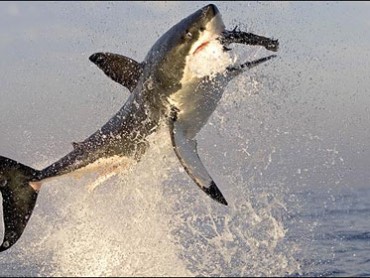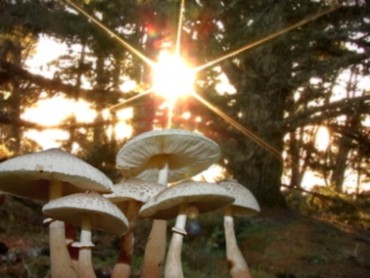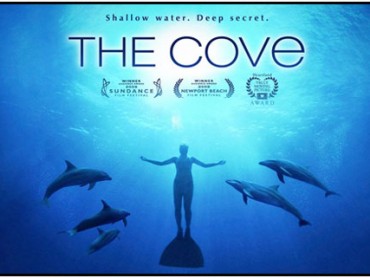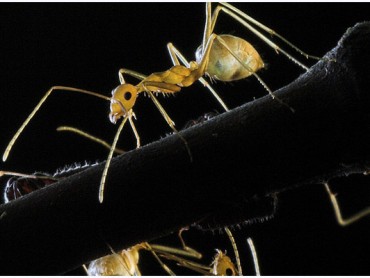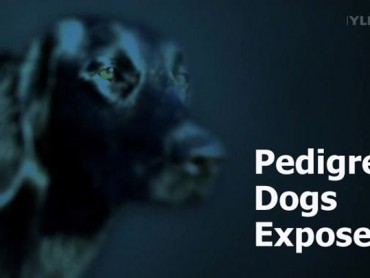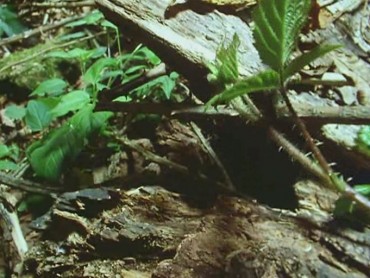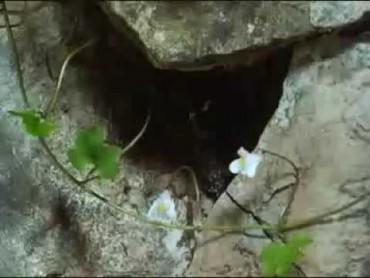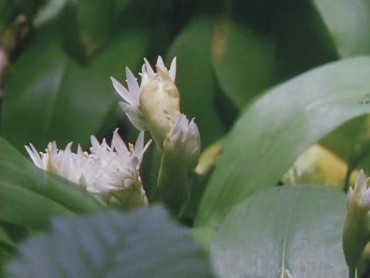Predators, a series of six half-hour films, uses miniaturized cameras mounted on the hunters themselves to show the chase from their perspective. The series also uses action replays and computer animations, allowing it to analyze the tactics of predator and prey from every angle. It shows that both are often evenly matched, with no room on either side for the slightest mistake. One of the series p
Biology
Ron Mann investigates the miraculous, near-secret world of fungi. Visionaries Gary Lincoff and Larry Evans lead us on a hunt for the wild mushroom and the deeper cultural experiences attached to the mysterious fungi. The oldest and largest living organisms recorded on Earth are both fungi. And their use by a new, maverick breed of scientists and thinkers has proven vital in the cleansing of sites
The Cove begins in Taiji, Japan, where former dolphin trainer Ric O’Barry has come to set things right after a long search for redemption. In the 1960s, it was O’Barry who captured and trained the 5 dolphins who played the title character in the international television sensation “Flipper.”But his close relationship with those dolphins – the very dolphins who sparked a global fascination with tr
Every so often a giant emerges on the stage of science, someone who transcends the narrow boundaries of a particular line of research and alters our perspective on the world. E.O. Wilson is such a man. Ant expert E.O. Wilson has spent his career studying tiny creatures. Yet what sets him apart is his ability to step back and see the grand scheme of things. Newly appointed to Harvard, Wilson ignore
Pedigree dogs are suffering from genetic diseases following years of inbreeding, an investigation has found.A BBC documentary says they are suffering acute problems because looks are emphasised over health when breeding dogs for shows.The programme shows spaniels with brains too big for their skulls and boxers suffering from epilepsy.The Kennel Club says it works tirelessly to improve
Broadcast 9 February 1995, the final episode deals with plants that live in hostile environments. Attenborough visits Ellesmere Island, north of the Arctic Circle, to demonstrate that even in a place that is unconducive to life, it can be found. Algae and lichens grow in or on rock, and during summer, when the ice melts, flowers are much more apparent. However, they must remain close to the ground
Broadcast 2 February 1995, the fifth programme explores the alliances formed between the animal and plant worlds. Attenborough dives into Australia’s Great Barrier Reef and contrasts the nocturnal feeding of coral, on microscopic creatures, with its daytime diet of algae. Some acacias are protected by ants, which will defend their refuge from any predator. Besides accommodation, the guards are rew
Broadcast 26 January 1995, this episode examines how plants either share environments harmoniously or compete for dominance within them. Attenborough highlights the 1987 hurricane and the devastation it caused. However, for some species, it was that opportunity for which they had lain dormant for many years. The space left by uprooted trees is soon filled by others who move relatively swiftly towa
Broadcast 19 January 1995, the next instalment is devoted to the ways in which plants reproduce. Pollen and a stigma are the two components needed for fertilisation. Most plants carry both these within their flowers and rely on animals to transport the pollen from one to the stigma of another. To do this, they attract their couriers with colour, scent and nectar. It isn’t just birds that help poll

